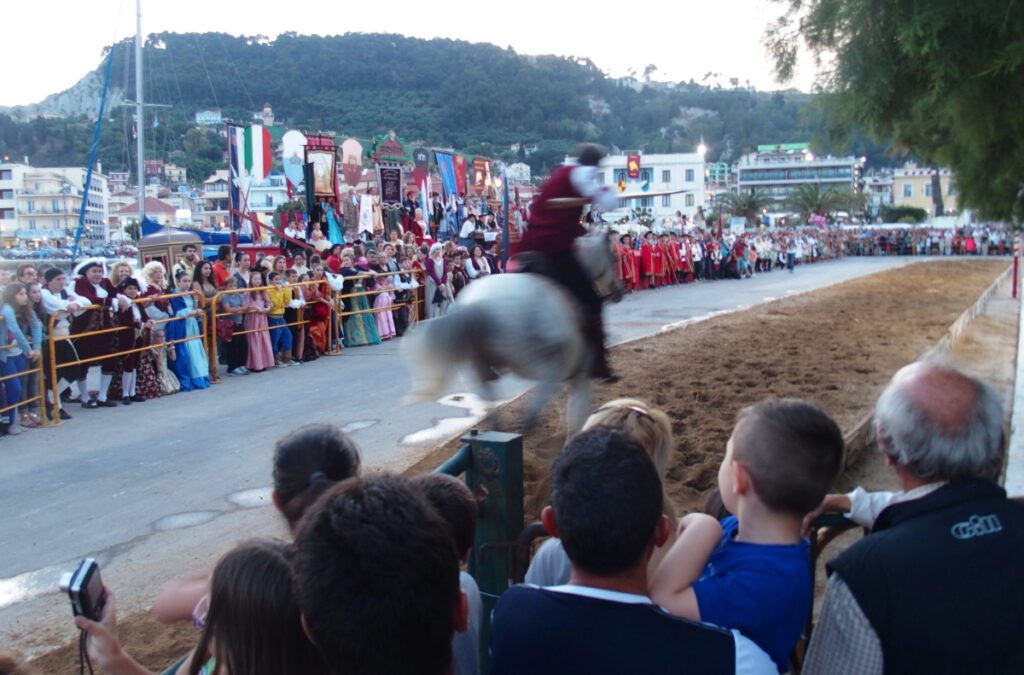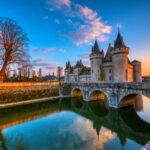Zakynthos Travel Guide
Introduction
Zakynthos (aka Zante) is a verdant island endowed with fertile valleys and a temperate climate (area: 406 sq. km; coastline: 123 km). Its landscape diversity has resulted in different types of beaches: there are sandy beaches in secluded coves where the tranquil waters are deep blue on the island’s southeastern part; yet, if rugged cliffs and a fascinating underwater world are to your liking, try the western part of the island. The Venetians, who ruled Zákynthos from 1484 to 1797, called the island “Fioro di Levante” (flower of the East) as there are over 7,000 species of flowers on Zákynthos. The third largest island of the Ionian Sea, after Corfu and Kefalonia, is internationally known as “Zante.” Zakynthos is said to have been the island’s first inhabitant, and the ancient acropolis is attributed to him. He was the son of Dardanos, who ruled the ancient kingdom of Frigia. A Venetian fort was built at a later time on the site.
How to Get to Zakynthos?
Traveling from Kyllini to Zakynthos by ferry
There are no direct ferry routes between Athens and Zante (Zakynthos). It is, however, easy to travel to Zakynthos from Athens via the port of Kyllini. Read our ferry guide below for more helpful information on how to get to the port of Kyllini, ferry schedules to Zakynthos, and tips for your trip to Zante and the Ionian Islands. It takes 75 minutes and costs starting from 10€ pp. There are no direct ferries from Athens to Zante. To get to the island of Zante from Athens, you must go to the port of Kyllini in the western Peloponnese.
Traveling from Athens to Zakynthos by flights
If you’re wondering how to get to Zakynthos quickly, you’ll likely choose to fly. Zakynthos is very easily reachable from Athens with Olympic Air and Aegean Airlines. Some European cities, including London and Amsterdam, offer direct flights to the island during the summer. British Airways offers direct flights to Zante during the summer months. Also, Volotea Airlines in Italy offers direct flights. Check our flight schedule to search – compare, and book.

Visiting Zakynthos
Zante
The Venetian architectural influence has left its stamp on Zante despite the damage sustained due to the seismic activity in the area. Several historical buildings and churches burned to the ground after the ravaging 1953 earthquake and the ensuing fire. Consequently, the significant treasures these buildings were housing perished. The town was rebuilt according to a plan where strict anti-seismic specifications were applied and, to a large extent, respected the town’s former architectural structure. On Zante, great care is taken to protect two endangered animal species: the caretta area sea turtle and the monachus monachus seal. The city of Zakynthos is the capital of the island and, at the same time, the island’s port.
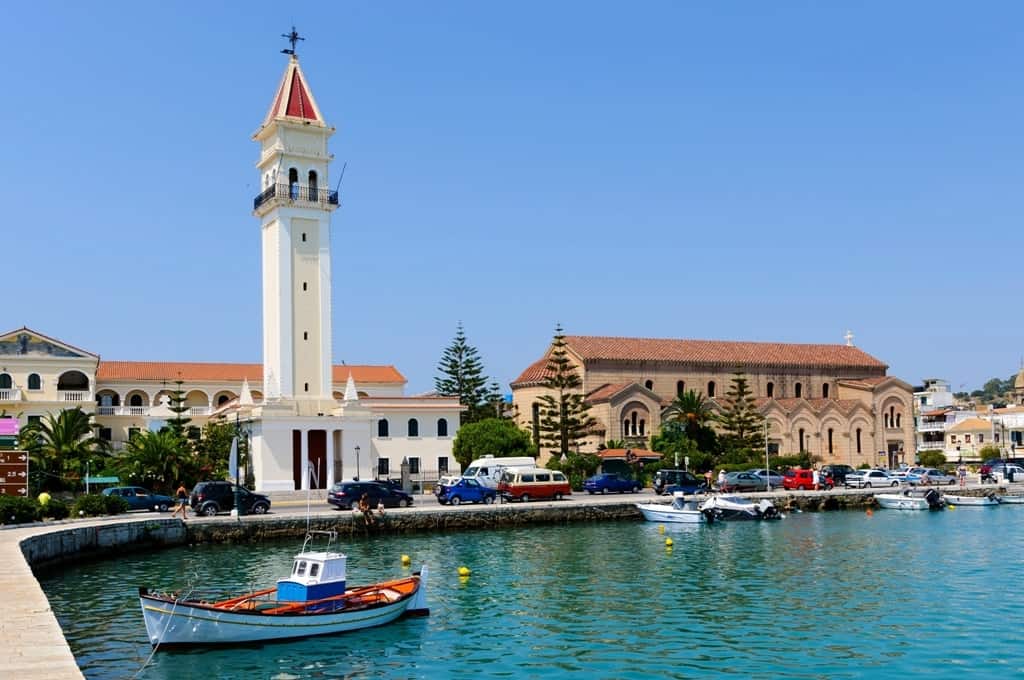
- Solomos Square is surrounded by buildings with characteristic traditional architectural features of the island, such as arch-shaped windows and arcades. In the center, the bust of D. Solomos, the national poet of Greece, dominates. Here, you can also find the Public Library (with 55.000 volumes) and the Post-Byzantine Museum of Zante, which exhibits treasures such as statues trimmed with gold, icons, and art woodcuts.
- The Post-Byzantine Museum of Zante, in Solomos Square, exhibits treasures such as statues trimmed with gold, icons, and art woodcuts.
- The coastal road known as Strata Marina (K. Lomvardou Street) is one of the most frequented parts of the city. It has cafes, bars, and restaurants from Solomos Square up to the patron saint’s church, Aghios Dionysios.
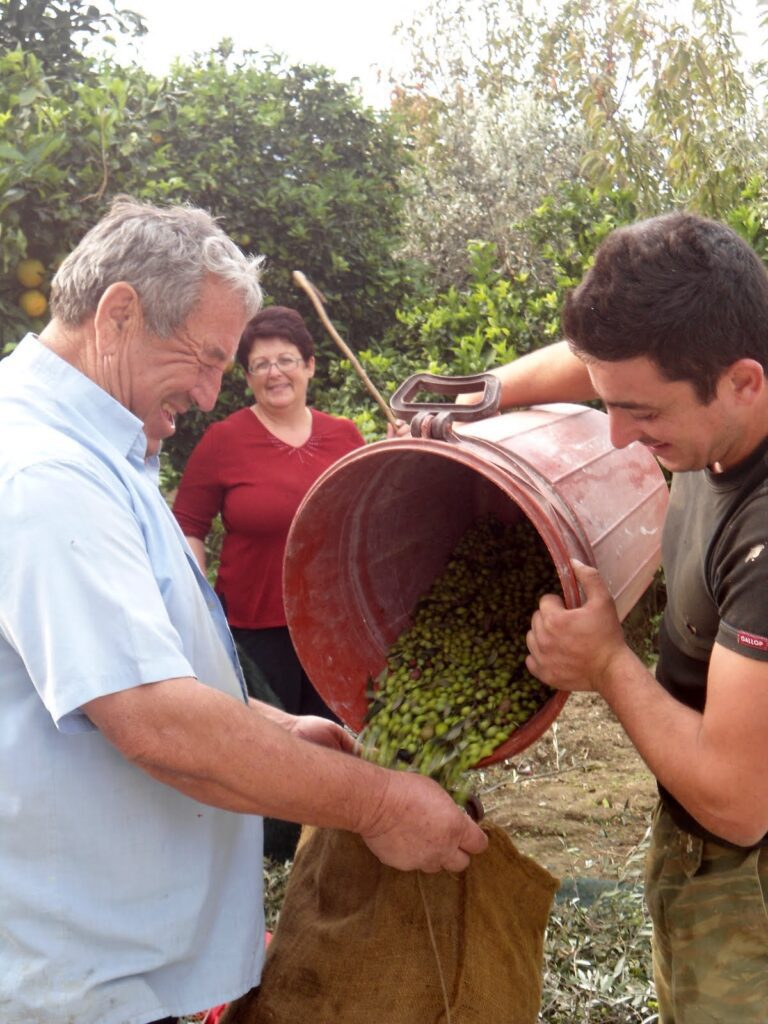
- The Aghios Markos square. In 1797, the revolutionaries (popolaroi) burnt the Libro d’ Oro and planted the tree of freedom. This paved square is the central meeting point for locals and visitors. Here, you will find the Museum of Solomos, Kalvos, and Eminent Zakynthians, which also hosts the bust of the Greek national poet, created by Georgios Broutos in 1902.
- Rouga: Its name is Alexandros Romas Street, which starts at Aghios Markos Square and crosses almost the whole town. This street, with its impressive arcades, has been the main commercial center of the city for centuries.
- The Venetian Castle is situated on a hill overhanging the town in the place of the old Psofis acropolis.
- The Stranis hill, 2 km from the town, offers a great view. Here, the poet Dionysios Solomos inspired the ‘Hymn to Liberty’ (later the Greek national anthem) and the “Free Besieged” attending the siege of Messolonghi.
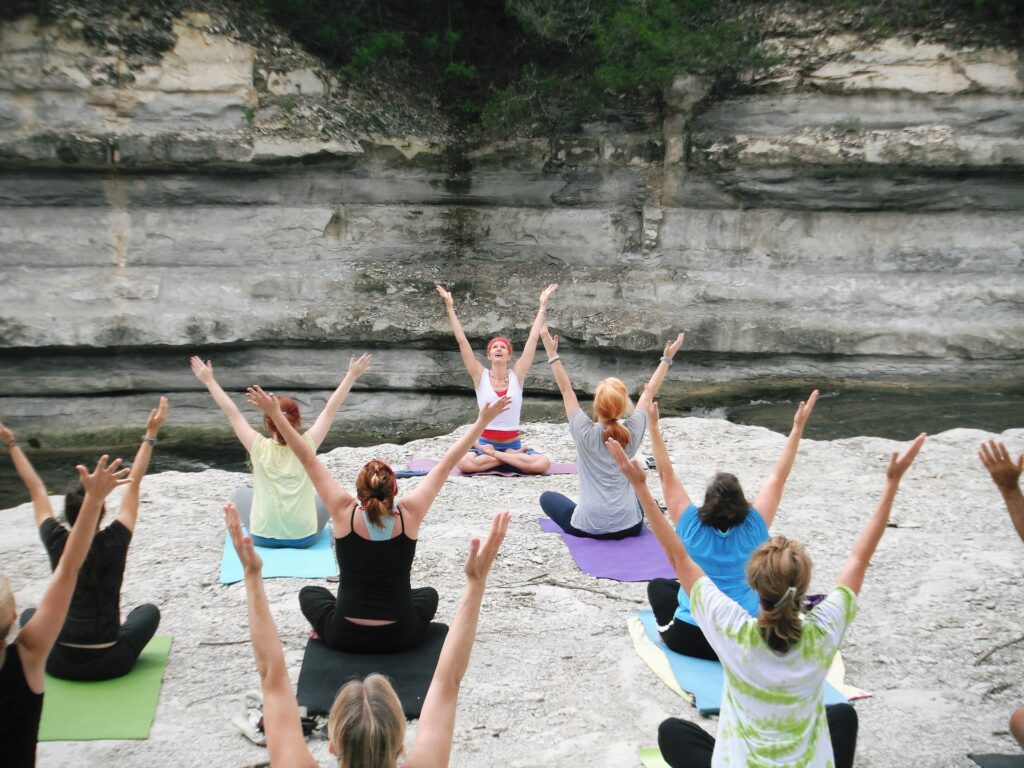
Visit also the remarkable churches of Zakynthos.
- Aghios Nikolaos tou Molou (Solomou Square) is a church of the Renaissance order (17th century) with a belfry dating back to the Byzantine period. Aghios Dionysios lived here in 1853.
- Aghios Dionysios (at the new port pier): Here, the relic of the island’s patron saint is kept in a silver larnax.
- Aghios Markos (1516): This Catholic church, situated at Aghiou Markou Square, has a belfry similar to that in Saint Mark’s Basilica in Venice.
- Aghios Georgios: The army commanders Kolokotronis, Nikitaras, and Fotomaras, as well as other fighters of the 1821 Revolution, took their vows on the icon kept in this church.
- Panaghia Pikardiotissa is on the outskirts of the castle.

Best Attractions of Zakynthos
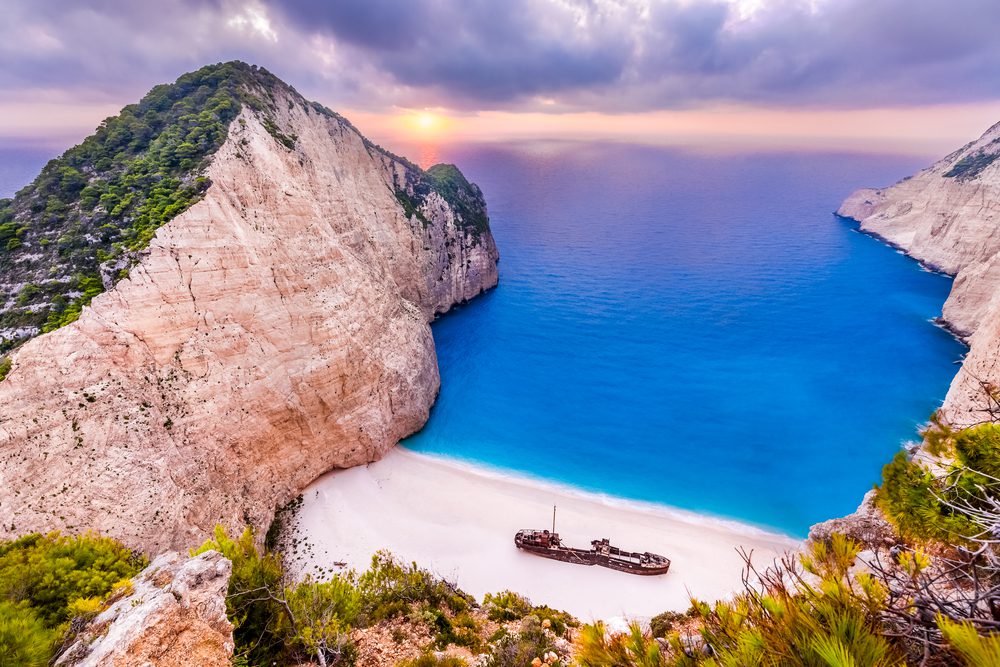
Probably the most photographed and, arguably, beautiful beach in all of Greece, Shipwreck Beach lies in the so-called Smuggler’s Cove on Zakynthos’ west coast. Made up of fine white pebbles backed by cliffs, the beach takes its name from the wreck of a contraband cigarette smuggling ship that washed up here in 1980. The most extraordinary aspect of this beach is that it can only be accessed from the sea — grab a taxi-boat from the harbor at Agios Nikolaos, on the island’s northeast coast, 32 kilometers from Zakynthos Town.
Byzantine Museum
On the main square in Zakynthos Town, this purpose-built museum displays religious icons, frescoes, and sculptures from the island’s churches and monasteries, dating from the 12th century onwards. You’ll see Byzantine icons carved into wood, and two rooms are dedicated to 18th-century oil paintings. There’s also a scale model of the town from around 1950, giving you some idea of how it looked before the devastating 1953 earthquake. Address: Solomos Square, 29100 Zakynthos Town
Roma Mansion
Built in the 1660s, this proud mansion is one of the few old buildings to have survived the 1953 earthquake, which wiped out most of Zakynthos Town. It is owned by the Roma family, who decided to renovate it and opened it to the public in 2007. Inside, you can see period furniture, paintings, and books, giving you some idea of how local aristocrats lived in the centuries prior.
Blue Caves
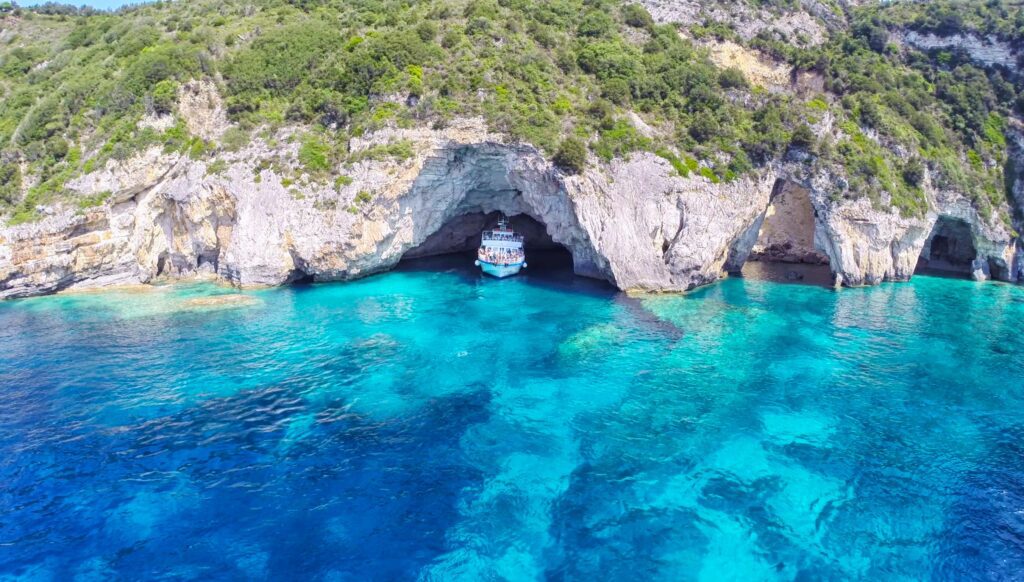
On the island’s northern tip, at Cape Skinari, you’ll find the most spectacular so-called Blue Caves. Inside, the bright blue sea reflects the color of the sky, which is mirrored off the walls of the caves and creates a magical azure and sapphire light scheme. You can visit the Blue Caves in a small glass-bottom boat, which departs from Agios Nikolaos (on the northeast coast, 32 kilometers from Zakynthos Town), or as part of the more extended round-the-island cruise from Zakynthos Town.
Zakynthos National Marine Park in Laganás Bay
On the southeast coast, eight kilometers south of Zákynthos town, the wide bay of Laganás is home to several blissful stretches of sandy beach. Since the 1980s, it has been the island’s top resort, with budget accommodation attracting young visitors searching for sea, sun, and fun. This area is also the breeding ground for the loggerhead sea turtle, an endangered species that is very timid. An estimated 1,300 loggerhead turtles live around Laganas Bay. They are protected in the Zakynthos National Marine Park, founded in 1999 to limit access to certain beach parts during the nesting season. To learn more, visit the park’s exhibition center in Dafni, at the east end of Laganas Bay.
Askos Stone Park
A must-do for animal lovers, Askos Stone Park is in the north of the island, close to the village of Volimes, 30 kilometers from Zakynthos Town. It’s highly recommended for children—animals here include deer, raccoons, peacocks, and tortoises, as well as a pony, donkey, goats, and chickens. The entrance ticket includes a map and a bottle of water, and attendants in the park can explain where the animals are from and how to feed them.
Zakynthos Cultural Events & Festivals
- Carnival: A traditional town crier goes around the island proclaiming the program of the Carnival festivities. On the last Sunday of the Carnival, the procession of the Carnival King takes place. The festivities end with the “Mask Funeral.”
- Litany and artistic events in the memory of Aghios Dionysios on August 24th and December 17th.
- Easter: The Holy Week in Zakynthos has its character with ancient customs and an exceptional rite regarding religious ceremonies.
- The celebration of Holy Week on Zakynthos Island is unique and unforgettable for both locals and visitors. At noon on Good Friday, crowds of worshippers take part in the procession of the Crucified through the town.
- In the early hours of Holy Saturday morning, starting from the “Saint Nicolas” Cathedral Church, the epitaph procession takes place by the local ancient custom. At the same time, the Bishop announces the Resurrection at sunrise. At the first chime of the bell, the Bishop lets white doves free, while from the bell tower, clay vessels are thrown onto the road, just as all the island inhabitants do out of their windows.
- Giostra: Giostra takes place fifty days after the Greek Orthodox Easter. It is one of the oldest events on Zakynthos. It used to be part of the Zakynthos Carnival but is now celebrated during the three-day celebrations of the Holy Spirit. Giostra is a competition where competitors, mounted on horseback, compete against each other to win. Zakynthos has two Giostra competitions. No one knows precisely when Giostra started, but its first official mention is in 1656. The event is full of competition, costumes, and proud old traditions.
